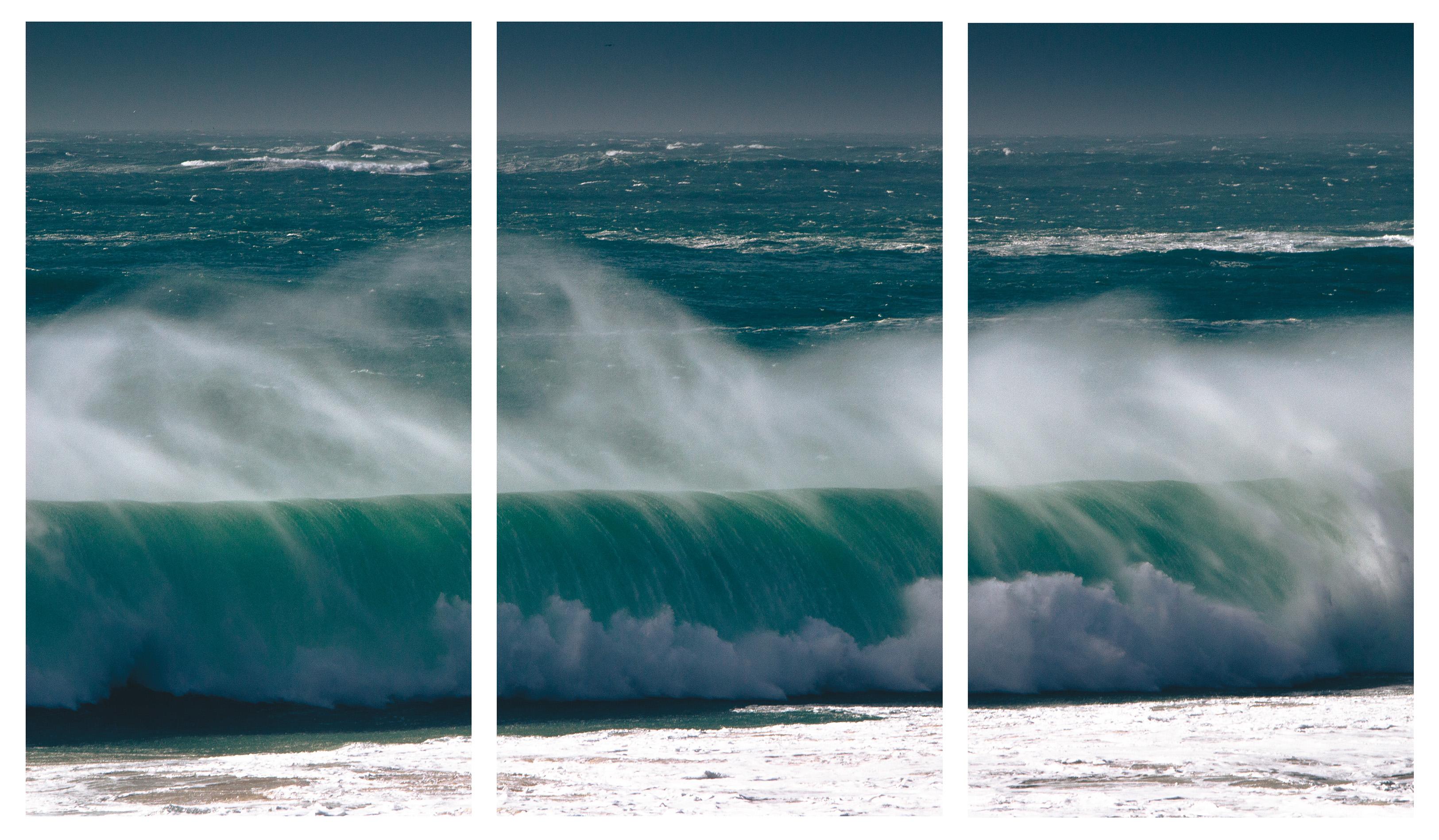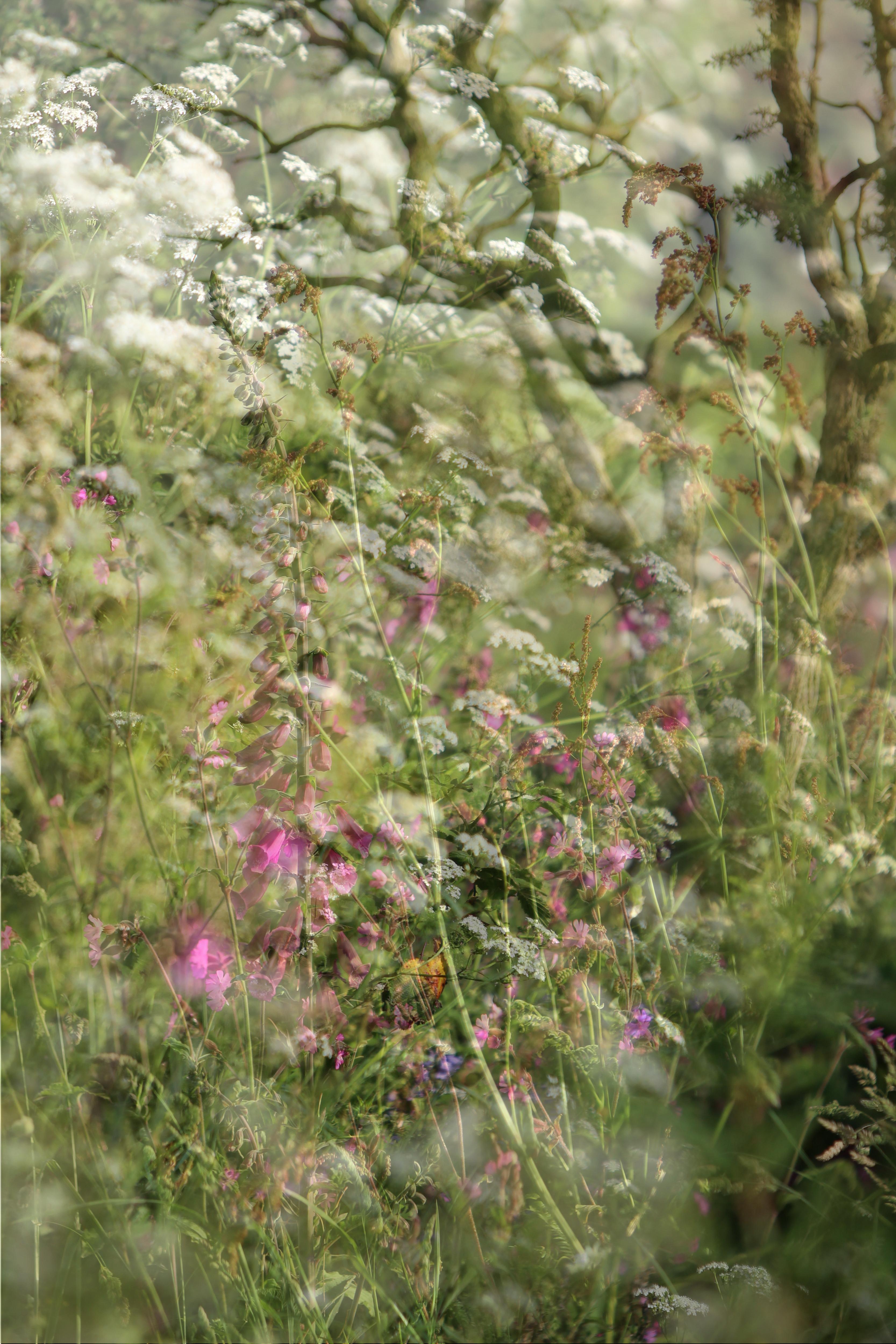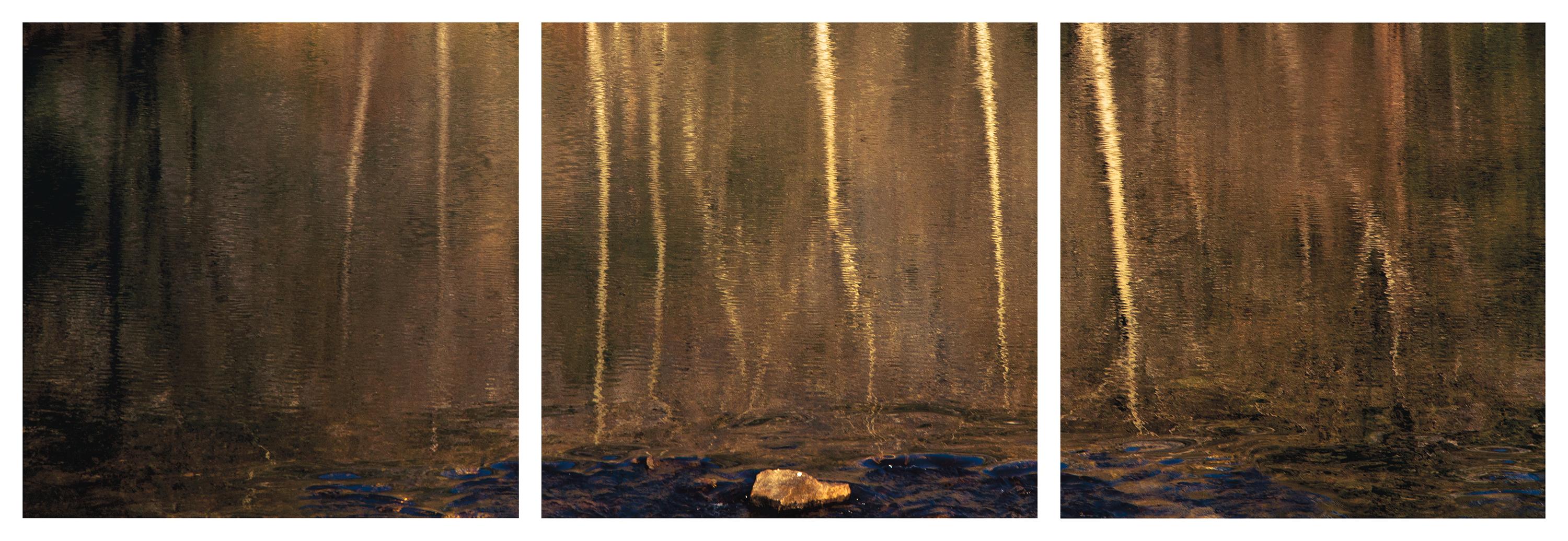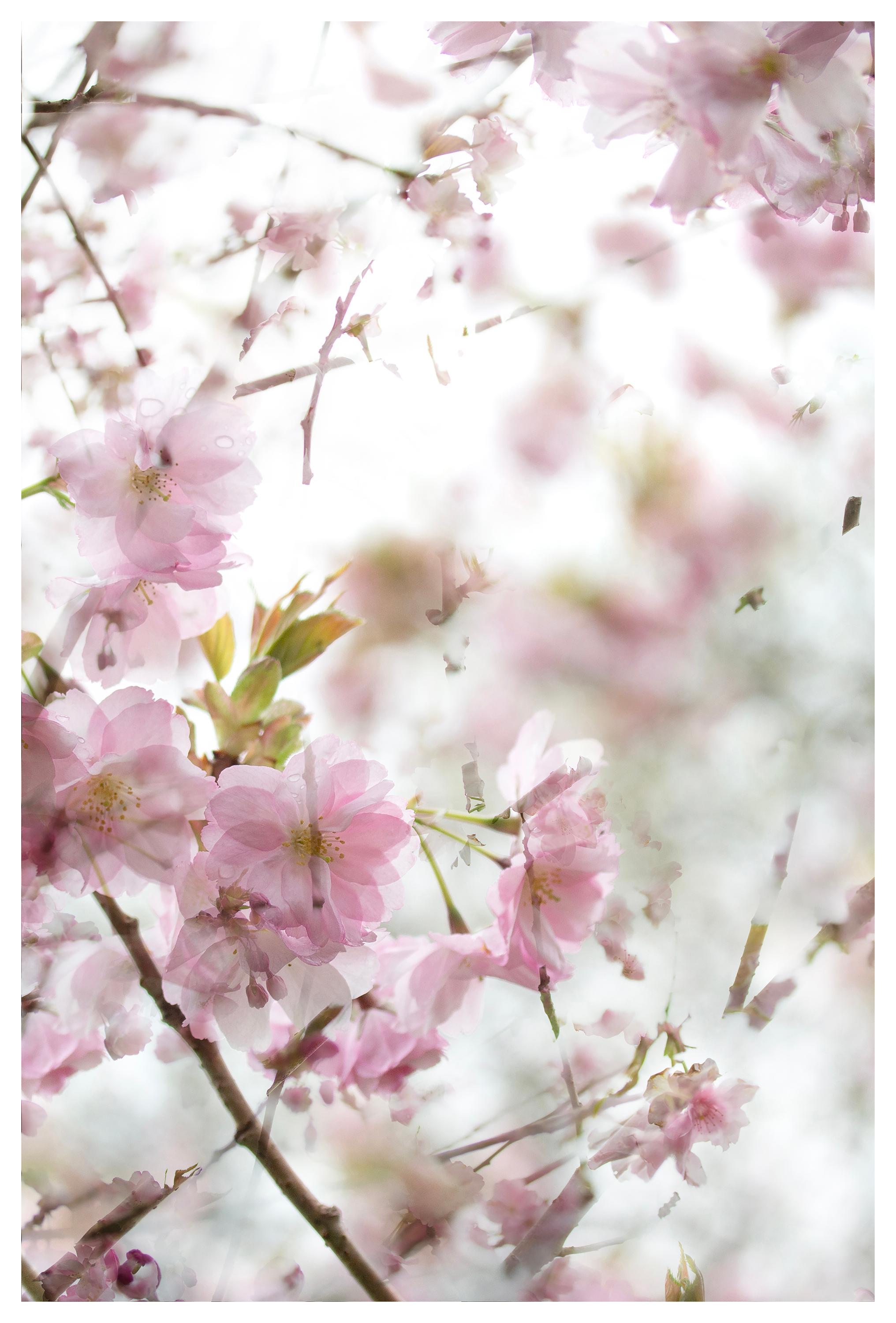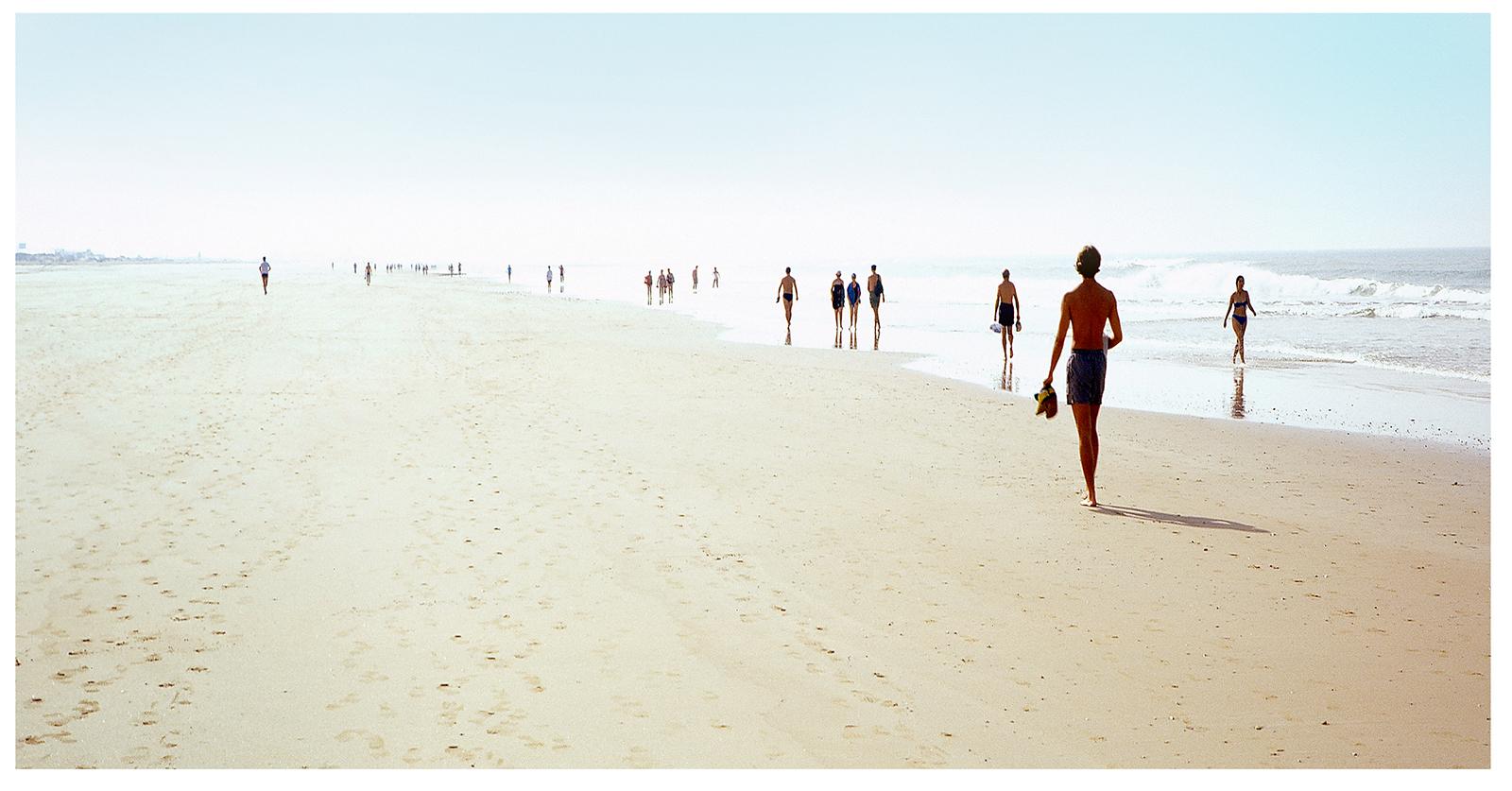Items Similar to El Cimarrón y su fandango: Palmera. Ed. 7. Certified, signed on back.
Want more images or videos?
Request additional images or videos from the seller
1 of 6
MARA SANCHEZ RENEROEl Cimarrón y su fandango: Palmera. Ed. 7. Certified, signed on back.2014
2014
About the Item
“A photographic series that introduces us to the Afro-descendant that has lived in Mexican territory since the time of the conquest. The project speaks allegorically about the past of this black community and its members’ journey through the fluctuations of colonial history, their integration into the Mexican territory, and their sense of identity within it.
Yet that past isn’t merely a descriptive historical concept; it is, above all, a definition of the present. A present, in the case of their Afro-Mexican descendants, that remains marginal, unstable, and immemorial.”
International Center of photography IPC NYC
“Beginning in 1570, enslaved blacks were brought in large numbers from Africa to Mexico as the principal workforce in various domains, such as mining, cattle-raising, and fishing, but also housekeeping and other occupations. Today, about ten percent of Mexicans identify as black. After the struggle for independence had begun and slavery was abolished, blacks formed communities mainly in Veracruz and in the Costa Chica region of Guerrero and Oaxaca.
It was in this region of the Pacific coast that I first encountered this culture of African descent. I understood its importance and realized how it had remained invisible throughout the history of Mexico. In spite of being the country's “third root”, it was not until 2015 that it even began to be acknowledged by Mexico’s constitutional laws.
Spurred on by personal curiosity, I started researching what eventually led to The Maroons and Their Fandango, a project in which photography allowed me to translate into images certain historic elements that refer to the current construction of the identity of people who refer to themselves as Afro-Mexican.”
Mara Sánchez Renero
- Creator:MARA SANCHEZ RENERO (1979, Mexican)
- Creation Year:2014
- Dimensions:Height: 28.8 in (73.16 cm)Width: 25.2 in (64.01 cm)Depth: 1.5 in (3.81 cm)
- More Editions & Sizes:49.5 x 33.4 in Ed. 3Price: $5,450
- Medium:
- Movement & Style:
- Period:
- Condition:
- Gallery Location:Ciudad De México, MX
- Reference Number:1stDibs: LU184229850272
About the Seller
No Reviews Yet
Vetted Seller
These experienced sellers undergo a comprehensive evaluation by our team of in-house experts.
1stDibs seller since 2022
- ShippingRetrieving quote...Ships From: Ciudad De México, Mexico
- Return PolicyThis item cannot be returned.
More From This SellerView All
- El Cimarrón y su fandangoLocated in Ciudad De México, MX“A photographic series that introduces us to the Afro-descendant that has lived in Mexican territory since the time of the conquest. The project speaks allegorically about the past o...Category
2010s Contemporary Landscape Photography
MaterialsArchival Pigment
- HUICHOL: MOUNTAIN, DESERT, NEW YORK (`95-`21). Limited edition of 5.By PABLO ORTIZ-MONASTERIOLocated in Ciudad De México, MXDocumentary Photograph. Contemporary Inkjet on cotton. Limited edition of 5. Signed front and verso. Framed in lacquered black frame with spacer) The first person to photograph the Huichol in their remote communities in the inaccessible canyons of the Western Sierra Madre was probably the Norwegian anthropologist, Carl Lumholtz. He ventured into their territory in 1895, shortly before the arrival of the French naturalist and ethnographer Léon Diguet, who was also a photographer. Like so many who were engaged with documenting Indigenous peoples across the Americas in those brutal years of expansion and settlement, Lumholtz believed that the disappearance of his subjects was inevitable: “the weaker must succumb to the stronger, and the Indians will ultimately all become Mexicans.” The photographs of the Huichol by Pablo Ortiz Monasterio—taken on some twenty trips over the past three decades—prove that Lumholtz was fortunately, terribly wrong. They reveal abundant evidence of cultural survival (what the Huichol call “la costumbre”), made possible by their extraordinary resistance to the religious, nationalist, and economic forces that have long assaulted—and that continue to assault—Indigenous communities everywhere. Though Ortiz Monasterio is also an outsider, he does not operate—like Lumholtz or Diguet—as an old-fashioned preservationist, nor is he confident in the superiority of Western culture, nor is his work only destined for museum vitrines...Category
1990s Contemporary Color Photography
MaterialsInkjet, Archival Pigment
- Once Upon a Time: Piel de Asno.Located in Ciudad De México, MXFernando Bayona, Once Upon a Time: "Piel de Asno". Fine Art Inkjet Print Sizes: S: 25.6 x 20.8 in. / Ed. 3 M: 41.7 x 33 in. / Ed. 3 L: 53.1 x 41.7 in. / Ed. 2 + 1A.P "The narrat...Category
21st Century and Contemporary Contemporary Color Photography
MaterialsInkjet, Archival Pigment
- HUICHOL: MOUNTAIN, DESERT, NEW YORK (`95-`21)By PABLO ORTIZ-MONASTERIOLocated in Ciudad De México, MXThe first person to photograph the Huichol in their remote communities in the inaccessible canyons of the Western Sierra Madre was probably the Norwegian anthropologist, Carl Lumholtz. He ventured into their territory in 1895, shortly before the arrival of the French naturalist and ethnographer Léon Diguet, who was also a photographer. Like so many who were engaged with documenting Indigenous peoples across the Americas in those brutal years of expansion and settlement, Lumholtz believed that the disappearance of his subjects was inevitable: “the weaker must succumb to the stronger, and the Indians will ultimately all become Mexicans.” The photographs of the Huichol by Pablo Ortiz Monasterio—taken on some twenty trips over the past three decades—prove that Lumholtz was fortunately, terribly wrong. They reveal abundant evidence of cultural survival (what the Huichol call “la costumbre”), made possible by their extraordinary resistance to the religious, nationalist, and economic forces that have long assaulted—and that continue to assault—Indigenous communities everywhere. Though Ortiz Monasterio is also an outsider, he does not operate—like Lumholtz or Diguet—as an old-fashioned preservationist, nor is he confident in the superiority of Western culture, nor is his work only destined for museum vitrines...Category
1990s Contemporary Color Photography
MaterialsInkjet, Archival Pigment
- HUICHOL: MOUNTAIN, DESERT, NEW YORK (`95-`21). Limited edition of 5.By PABLO ORTIZ-MONASTERIOLocated in Ciudad De México, MXDocumentary Photograph. Contemporary Inkjet on cotton. Limited edition of 5. Signed front and verso. Framed in lacquered black frame with spacer) The first person to photograph the Huichol in their remote communities in the inaccessible canyons of the Western Sierra Madre was probably the Norwegian anthropologist, Carl Lumholtz. He ventured into their territory in 1895, shortly before the arrival of the French naturalist and ethnographer Léon Diguet, who was also a photographer. Like so many who were engaged with documenting Indigenous peoples across the Americas in those brutal years of expansion and settlement, Lumholtz believed that the disappearance of his subjects was inevitable: “the weaker must succumb to the stronger, and the Indians will ultimately all become Mexicans.” The photographs of the Huichol by Pablo Ortiz Monasterio—taken on some twenty trips over the past three decades—prove that Lumholtz was fortunately, terribly wrong. They reveal abundant evidence of cultural survival (what the Huichol call “la costumbre”), made possible by their extraordinary resistance to the religious, nationalist, and economic forces that have long assaulted—and that continue to assault—Indigenous communities everywhere. Though Ortiz Monasterio is also an outsider, he does not operate—like Lumholtz or Diguet—as an old-fashioned preservationist, nor is he confident in the superiority of Western culture, nor is his work only destined for museum vitrines...Category
1990s Contemporary Color Photography
MaterialsInkjet, Archival Pigment
- HUICHOL: MOUNTAIN, DESERT, NEW YORK (`95-`21). Limited edition of 5.By PABLO ORTIZ-MONASTERIOLocated in Ciudad De México, MXDocumentary Photograph. Contemporary Inkjet on cotton. Limited edition of 5. Signed front and verso. Framed in lacquered black frame with spacer) The first person to photograph the Huichol in their remote communities in the inaccessible canyons of the Western Sierra Madre was probably the Norwegian anthropologist, Carl Lumholtz. He ventured into their territory in 1895, shortly before the arrival of the French naturalist and ethnographer Léon Diguet, who was also a photographer. Like so many who were engaged with documenting Indigenous peoples across the Americas in those brutal years of expansion and settlement, Lumholtz believed that the disappearance of his subjects was inevitable: “the weaker must succumb to the stronger, and the Indians will ultimately all become Mexicans.” The photographs of the Huichol by Pablo Ortiz Monasterio—taken on some twenty trips over the past three decades—prove that Lumholtz was fortunately, terribly wrong. They reveal abundant evidence of cultural survival (what the Huichol call “la costumbre”), made possible by their extraordinary resistance to the religious, nationalist, and economic forces that have long assaulted—and that continue to assault—Indigenous communities everywhere. Though Ortiz Monasterio is also an outsider, he does not operate—like Lumholtz or Diguet—as an old-fashioned preservationist, nor is he confident in the superiority of Western culture, nor is his work only destined for museum vitrines...Category
1990s Contemporary Color Photography
MaterialsInkjet, Archival Pigment
You May Also Like
- 'Pounding Heart' Large scale triptych photograph. Ocean, sea, Beach cottage waveBy Sophia MilliganLocated in Penzance, GB'Pounding Heart' Archival photographic triptych. Limited Edition of 25. Unframed. _________________ The wild Atlantic explodes in a raw release of energy, the graceful formation of ...Category
2010s Contemporary Landscape Photography
MaterialsPhotographic Paper, Archival Ink, Archival Paper, Digital, Giclée, Archi...
- 'Youth and the Wise' Contemporary landscape photograph Spring flowers green pinkBy Sophia MilliganLocated in Penzance, GB'Youth and the Wise' ('Mono No Aware' Series) 24 x 36" edition Limited edition archival photograph, hand signed and numbered. Unframed _________________ Woven together into richly te...Category
2010s Contemporary Color Photography
MaterialsPhotographic Paper, Archival Ink, Archival Paper, Digital, Giclée, Archi...
- 'Wa-Kal-La' Photographic triptych Yosemite Water Wood Tree Stone Nature GoldBy Sophia MilliganLocated in Penzance, GB'Wa-Kal-La' Archival photographic triptych. Limited Edition of 25. Hand signed and numbered, unframed. _________________ Reflected in the rippling surface of the Merced river, the ...Category
2010s Contemporary Landscape Photography
MaterialsPhotographic Paper, Archival Ink, Archival Paper, Giclée, Archival Pigment
- 'The Optimism of Spring' Photograph Cherry blossom Sakura flowers green pinkBy Sophia MilliganLocated in Penzance, GB'The Optimism of Spring' ('Mono No Aware' Series) 24 x 36" edition Limited edition archival photograph, hand signed and numbered. Unframed _________________ The cherry blossoms burst...Category
2010s Contemporary Color Photography
MaterialsArchival Ink, Archival Paper, Photographic Paper, Digital, Giclée, Archi...
- Cadiz- Signed limited edition sea print, oversize contemporary, Blue, Sand, SunBy Ian SandersonLocated in Barcelona, BarcelonaCadiz - Signed limited edition archival pigment print, Edition of 10 ( 5 available) People walking on the beach of Cadiz, Spain This image was captured on film. The negative was ...Category
Early 2000s Contemporary Landscape Photography
MaterialsPhotographic Film, Archival Paper, Color, Giclée, Pigment, Archival Pigm...
- Citroen - Signed limited edition contemporary print, Color photo, Car, TransportBy Ian SandersonLocated in Barcelona, BarcelonaCitroen - Signed limited edition archival pigment print, Edition of 5 This is an Archival Pigment print on fiber based paper ( Hahnemühle Photo Rag® Baryta 315 gsm , Acid-free a...Category
Early 2000s Contemporary Color Photography
MaterialsArchival Paper, Color, Giclée, Pigment, Archival Pigment, Photographic P...
